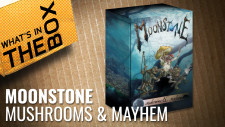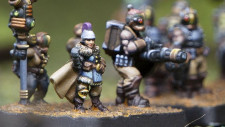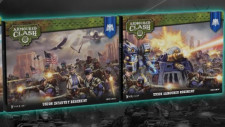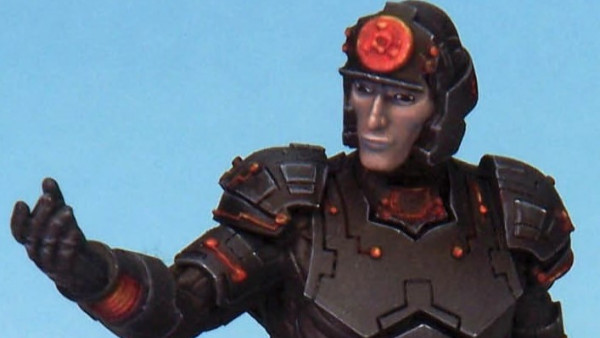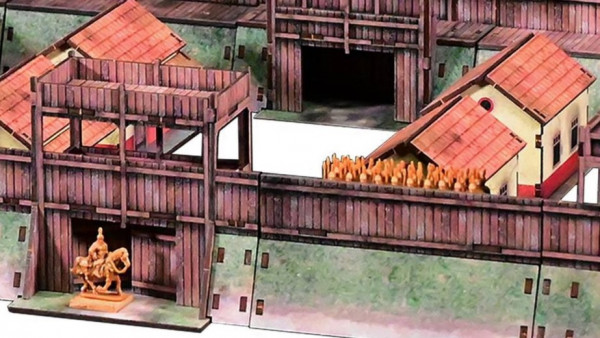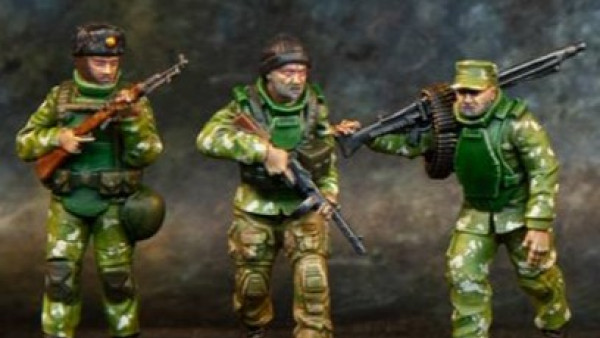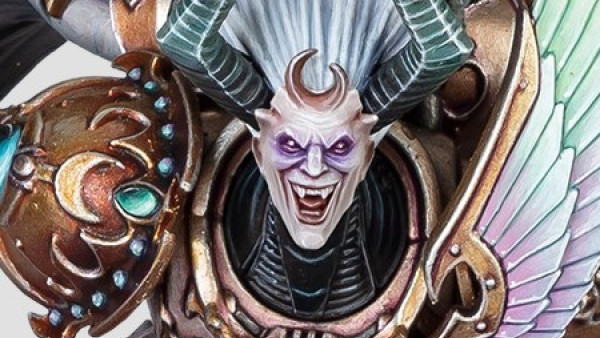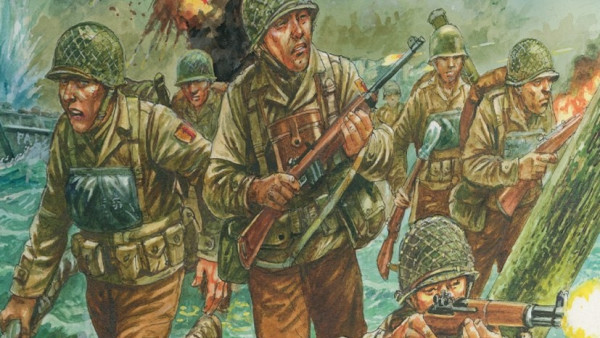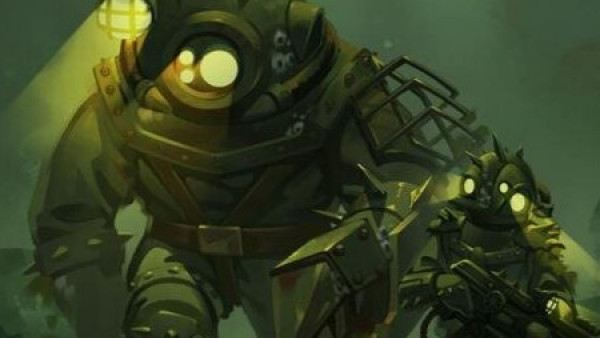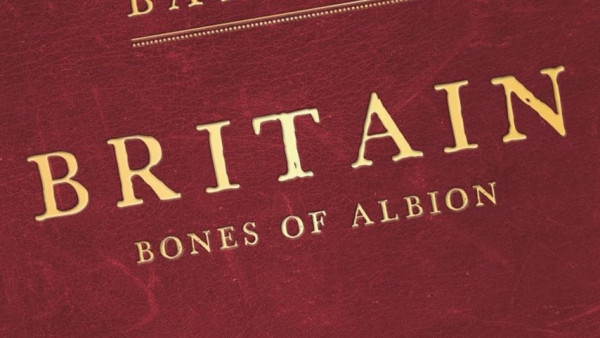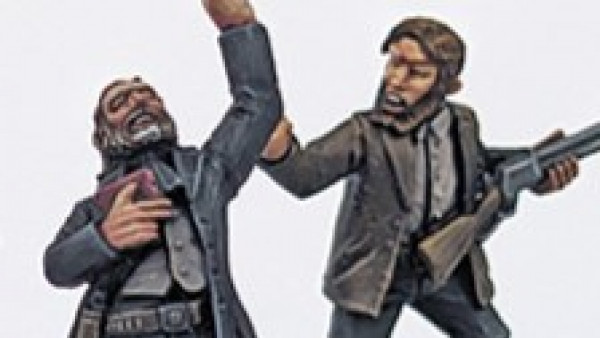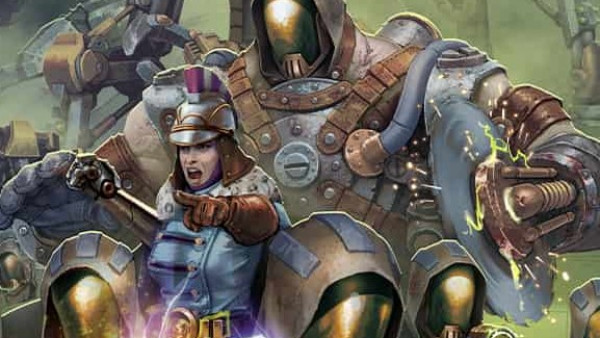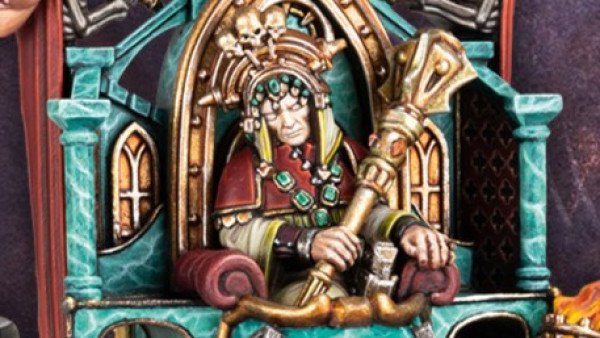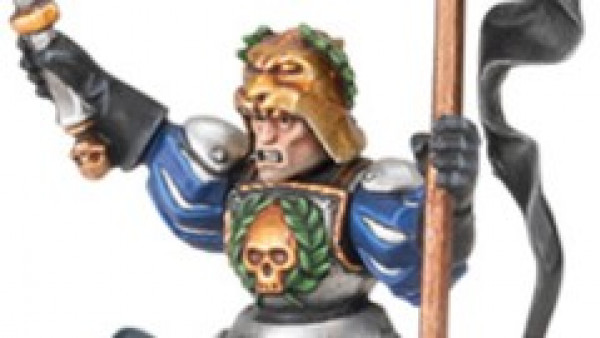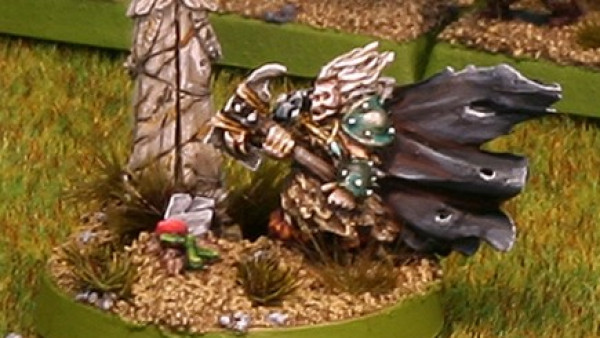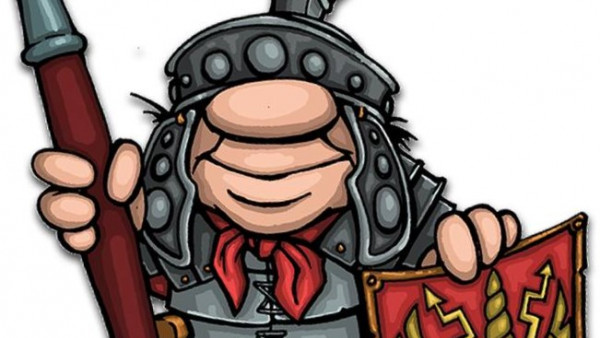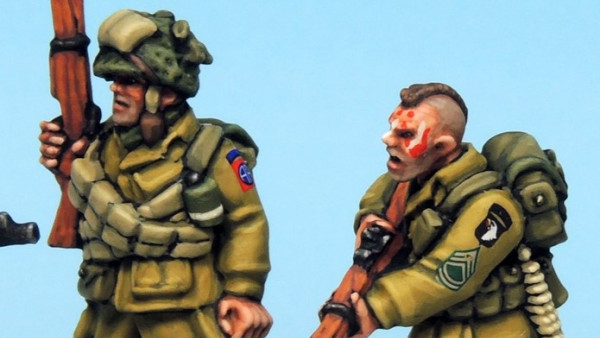Home › Forums › Painting in Tabletop Gaming › The problem with painting tutorials
Tagged: Painting advice
This topic contains 22 replies, has 15 voices, and was last updated by ![]() angelicdespot 5 years, 12 months ago.
angelicdespot 5 years, 12 months ago.
-
AuthorPosts
-
January 2, 2019 at 5:14 pm #1320183
What tutorials are you exactly talking about? You keep referencing back to Base, highlight and shade. Which yes, most tutorials do that. However, we’ve covered light in most of our tutorials where Romain will explain why the light is pointing a direction etc.
We even have one that’s purely focused on lighting. Found here:
It seems like you’re talking about the content creators for painting as a whole, and we do fit into that category too. Romain did make a few tutorials which were switching colours around, which personally I think there were better things to do but that’s not to say they’re less important.
In this one, Dallas also talks about where the highlight goes in relation to skintone.
Is this a general complaint for the world and is this something we can improve on? This year I’m planning to get much shorter and precise painting guides out that detail very specific areas and techniques. Such as lighting and textures.
January 2, 2019 at 6:12 pm #1320276Painting miniatures is an artistic interpretation. In the beginning I tried following others techniques and I would get frustrated when I ended up with a project that did not look they way it did in the tutorials. I now paint for what I see in my mind. What is the story or image I am trying to portray. Is there an emotion or feeling you are trying to provoke? Unless you are trying OSL and entering a painting competition paint for yourself. Because if you try and be like some of the “great” painters you can end up frustrating yourself and not trying at all. But, the best advice I can give you is paint and paint and paint some more. You will see you skills improving with each one as long as you take an objective look at your work.
Remember this is supposed to be fun!
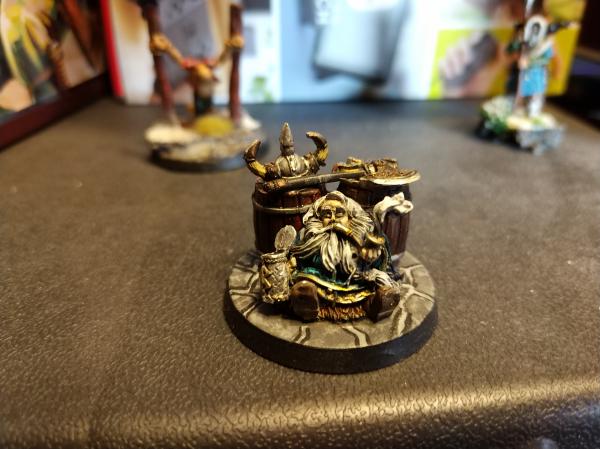 January 2, 2019 at 6:18 pm #1320307
January 2, 2019 at 6:18 pm #1320307Sam is a very talented painter and the best advice is find your own path.
January 2, 2019 at 7:23 pm #1320367I too find the reliance on what colours etc. To be very misleading to newer painters. What I feel can be the best course for new painters is not so much light placement (I think that and a basic colour theory is the intermediate step) is instead looking at priming, base coating, brush control and mixing paints. If you can do those then the rest is practice and patience. Too often people feel they need to completely prime a miniature and cover every surface too thickly, I use a cheap £ store automotive primer done lightly and with perfect results. Once this base is right you can see all the details still clearly – then you can look at brush control, brush care etc and your first steps in painting. If you can lay your base colours down neatly and still see all the details clearly then a new painter will feel happier and more confident to continue on.
January 3, 2019 at 5:00 pm #1321480For my part, I think that making sure to have a good, bright light source directly above what I am painting the absolutely best piece of advice there is, simply because is makes such a difference when you can see both the details on the minis and the colours properly.
This also helps identify where the highlights should be if you want to do the zenithal highlighting thing, which it seems is what the OP feels is missing from most tutorials these days.
January 3, 2019 at 7:53 pm #1321682This is an interesting thread. As others have said, I don’ t think there is a single way of doing things that will work for all painters, so it’s sort of a case of having to try and find tutorials / videos that work for you.
Personally the one painter that utterly changed the way i paint was James Wappel. His approach is that of a traditional artist, so he seldom talks about “the coat is red”. Instead he looks at the model as a whole and moves back and forth constantly looking to get the colour balance and contrast right. The things he offers that work for me are:
– it’s quick, so quick to get a model done.
– getting the balance / colours of a miniature right.
– it’s very forgiving and easy to fix mistakes.
– for me at least, it’s a very fun way to paint – and I don’t think I can overstate the importance of this!
January 4, 2019 at 4:25 pm #1322348My complaint was against tutorials in general however I watched both the videos you linked and the monochrome one doesn’t explain light at all. Romain mentions it initially about having a low flat light but then forgets and paintsvthe mini completely ignoring the light source. Why is he placing highlights where he does? We’ll never know.
The face one is better in that it tells us where the shadows will be and where the highlights will be before he paints them, but again it’s a quick mention with no explanation why or how. Did anyone notice that he highlighted the top of the head differently to the rest of the face? He just did it, he didn’t explain why or even that he was going to he just said now I’ll highlight the head.
There was no mention at all that by placing lights in certain areas you can change how a face looks. No mention of different shapes reflecting light differently (why incidently the head was highlighted differently) it was slightly more advanced than the base, shade, highlight tutorial but only just. This is more colour than light but there should have been a good explanation of the 3 zones of a face, amongst other things.
Again this is just my opinion but there needs to be more how and why in all painting tutorials rather than just copy me.
January 8, 2019 at 1:16 am #1324953Interesting thread. I haven’t actually painted in several years, but a few days ago sat down with my girlfriend to teach her. She’s new to miniatures, but not, it turns out, to painting, so I was very surprised by how good the mini looked by the end of it.
So brush control wasn’t a problem, technique wasn’t too much of a problem as I was able to just talk her through what to do, but colour choice was an issue.
I was using a random mixture of old paint pots that hadn’t dried out, on a Mantic Walking Dead Zombie as I thought that would be pretty forgiving. When it came to painting the guts hanging out of the stomach my girlfriend was very sceptical when I told her to mix a little deep blue in with the terracotta brown to get a purple and to use this as a basecoat / shade.
When she later painted over the raised areads in red, and after a brown wash, she was amazed at how it looked. I hadn’t known exactly what to expect, but I have enough experience and confidence to just try it and trust that it would turn out okay.
So I guess that’s a long way of saying that I agree with @yogiebear that one or more tutorials on colour (which is related to light) would be very helpful for new starters indeed.
-
AuthorPosts
You must be logged in to reply to this topic.































